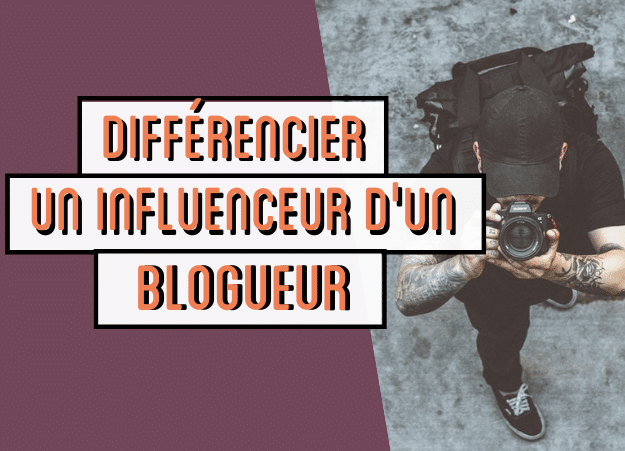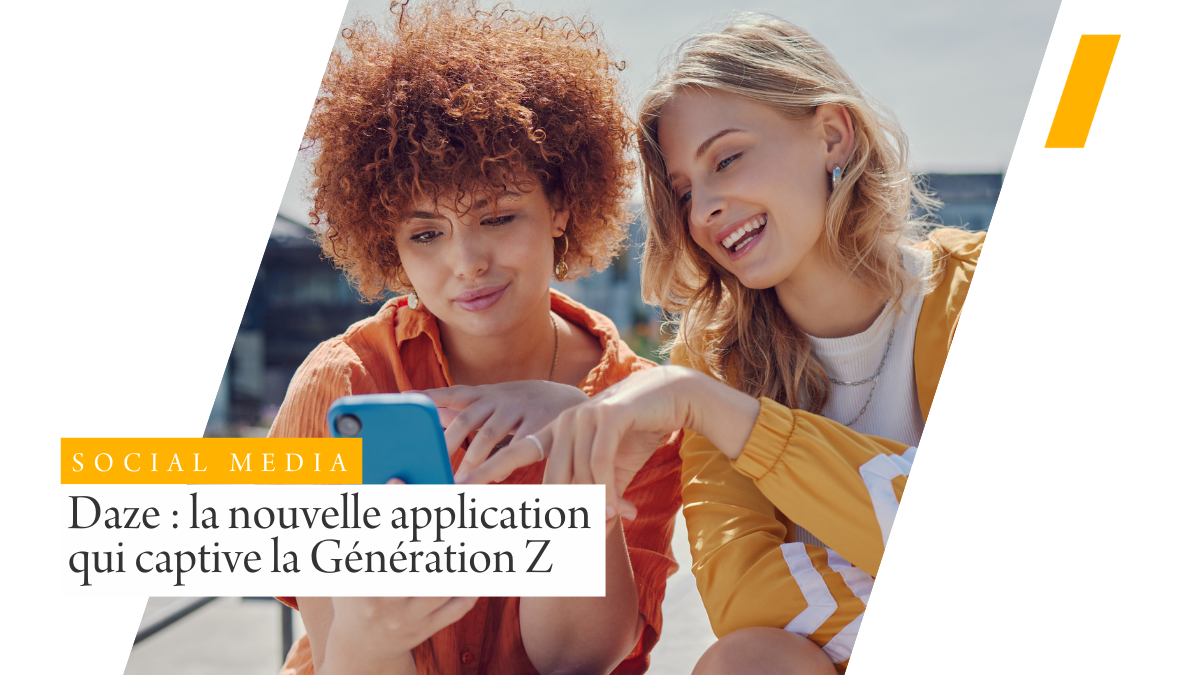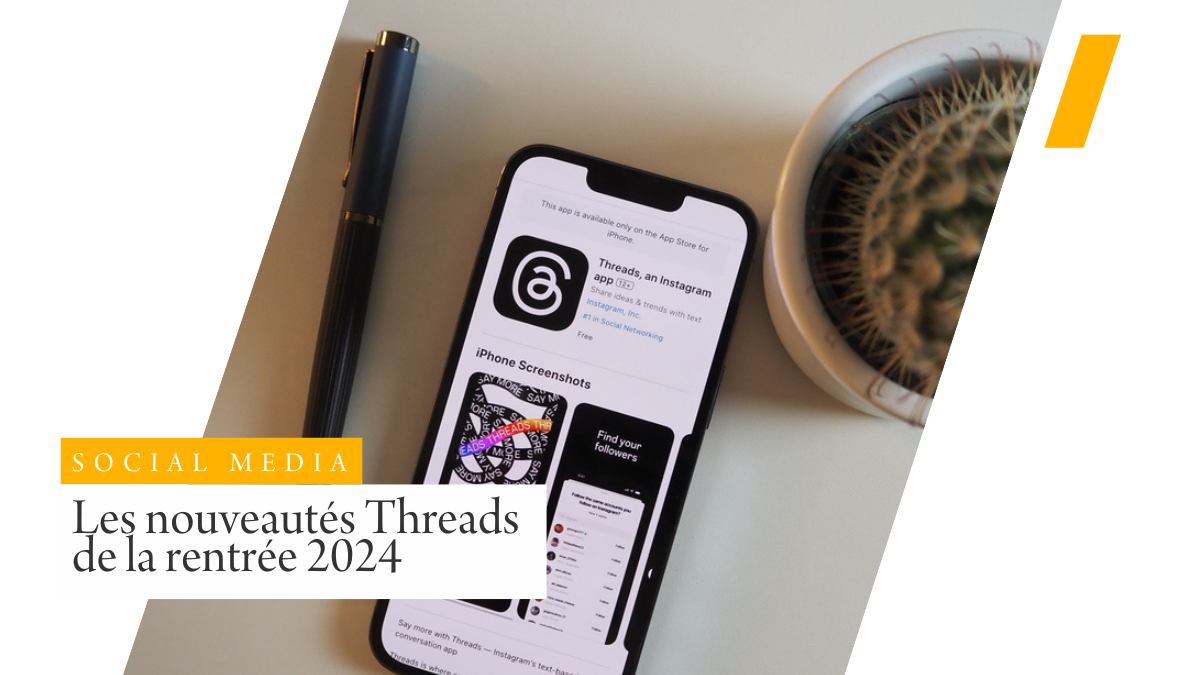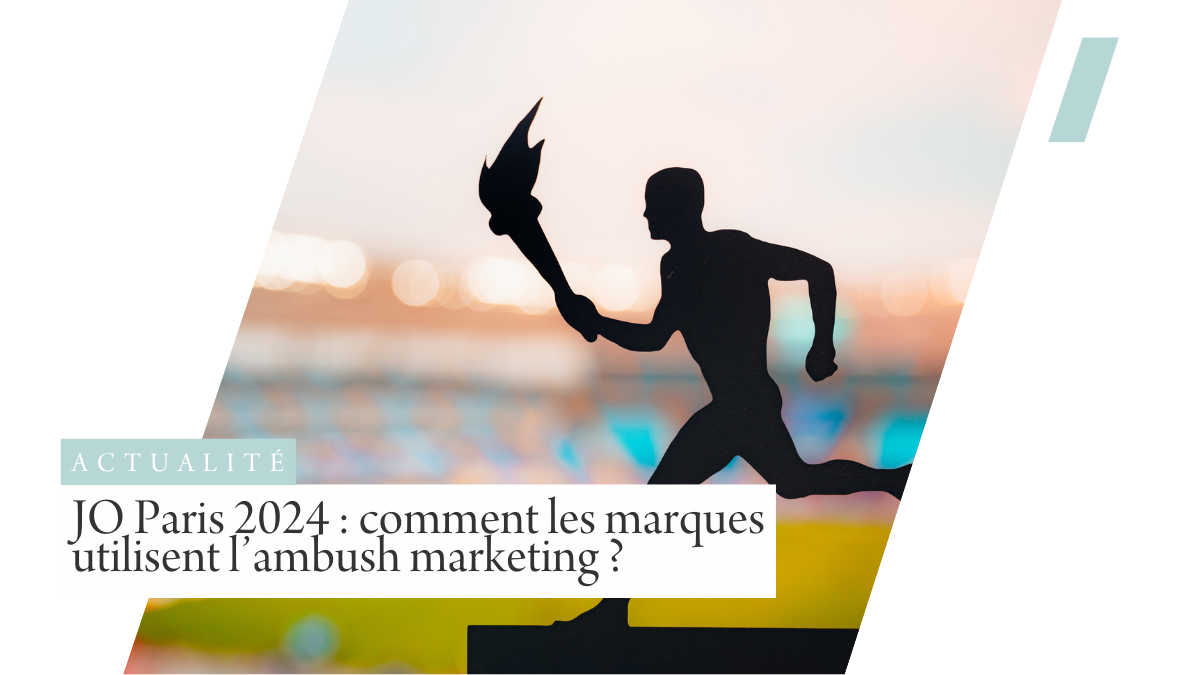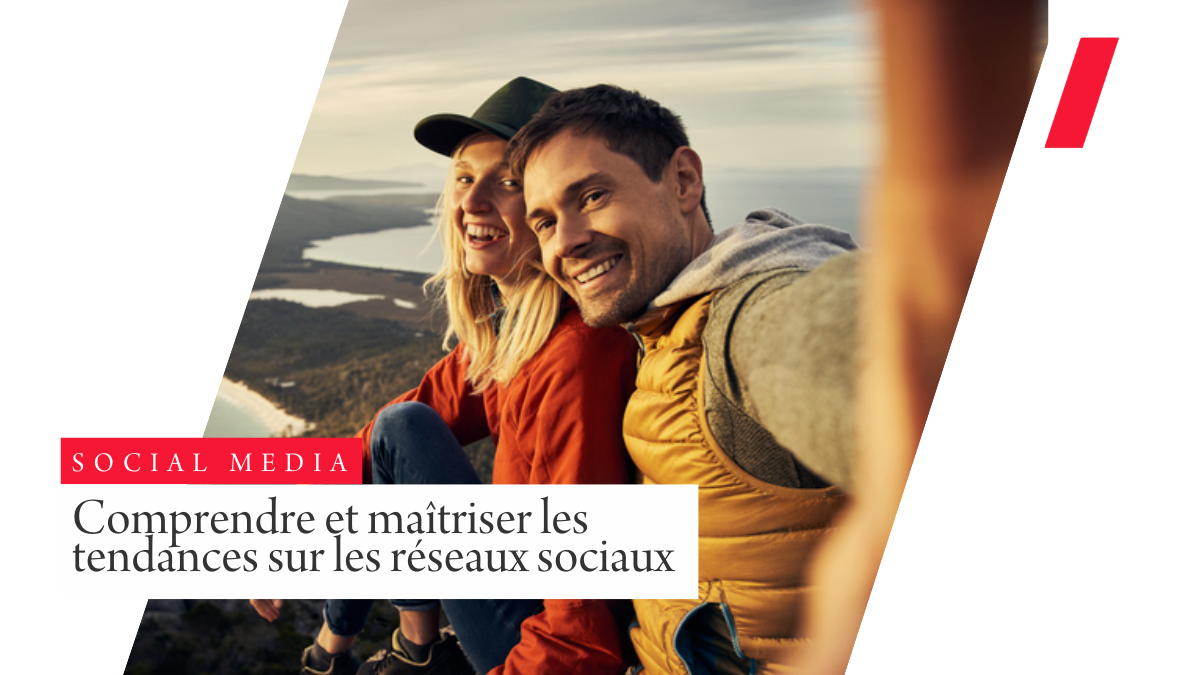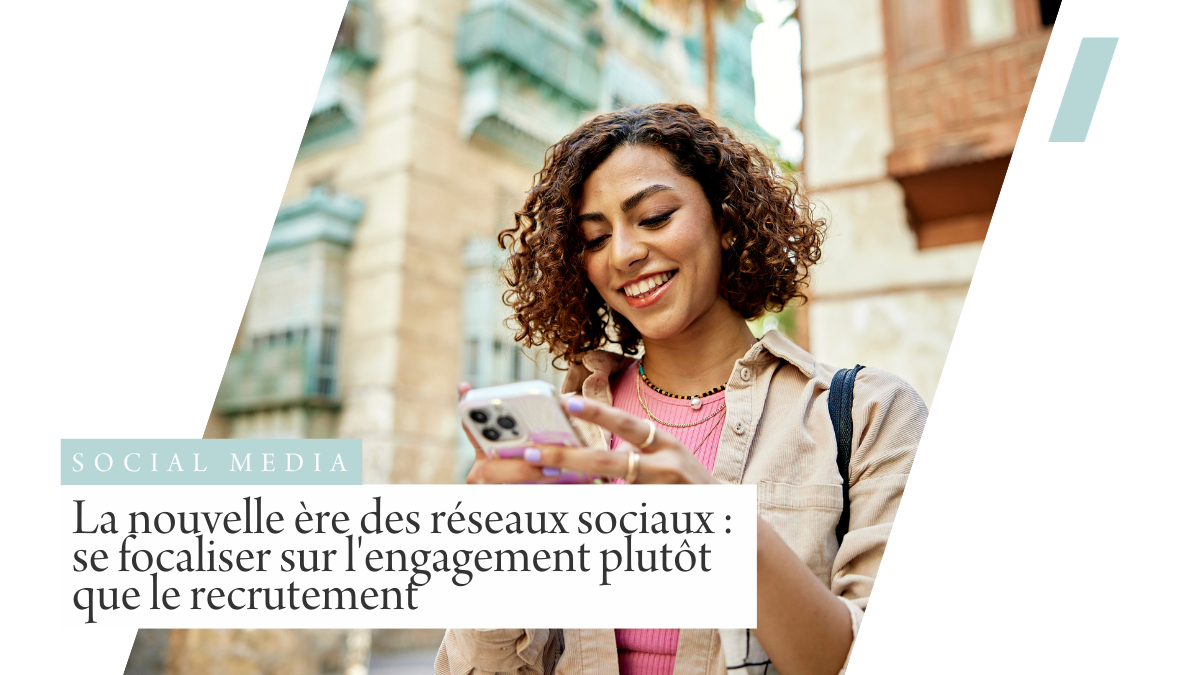Tourism companies are often attracted by this new means of communication in order to reach a new audience and obtain a wider prospecting target.
Whether they’re bloggers or influencers, the principle is the same: they communicate with a community that wants to be loyal, so their prescription power is important.
However, even if the blogger the brand has targeted has a large community, that doesn’t mean he or she is influential.
Today, new techniques exist for increasing community numbers, such as buying subscribers or using robots to automate tasks in order to gain new fans.
This means that the brand or destination needs to be extra careful when working with a blogger, and to have a minimum of reflexes.
Today, there are a few clues that brands can use to spot the good from the bad.
They’re pretty simple to know, and Stanislas Lucien, director of digital communications agency Travel Insight, would like to give tourism professionals a few tips he’s already using for his customers:
#1. Check influence on Facebook:
First of all, it’s important to take a look at the community that follows the blogger, and then look at the number of reactions there are to each post.
A community with 16,000 subscribers but only between 30 and 120 likes is already a first clue that there’s a problem. Generally speaking, you should expect an average of 250 likes per post.
By the way, on each page you can see the evolution of followers on the page. If you notice a sudden growth without any campaign or great virality on the last posts, you’re dealing with the purchase of likes.
You can take advantage of this opportunity to check their professionalism by ensuring that the photos, videos and editorial quality of their publications are well crafted.
It’s a guarantee of quality that will determine whether this is the type of content you want associated with your brand.
Then simply by using analysis tools like LikeAlyzer :
http://likealyzer.com/facebook/Bestjobers Here you can find an analysis of the Facebook page of Bestjobers influencers, whose scores are quite remarkable.
Not only is their community growing, which means they’re active, but the average number of reactions per post is around 500.
If you also follow this link, you’ll see that they have an engagement rate of around 4.4%, which may seem low, but it’s a figure that’s constantly evolving as a result of different operations.
#2. Check influence on Instagram:
The method is quite similar to that of Facebook, with the difference that content is referenced according to keywords that are inserted in the form of Hashtags, which means that engagement is often much higher than on Facebook.
Unfortunately, as we mentioned at the start of this article, liking and commenting bots are growing exponentially on this network.
In fact, Instagram users use them to automate their activity, generating actions on specific hashtags with a view to increasing their follower count and, above all, the engagement of all these posts.
We can therefore consider that there is often a certain amount of engagement that is actually false.
You can use a tool such as https://influence.hypetap.com/ to obtain a summary of all the key elements of the page.
These include the number of posts, its community, and engagement in % of pages.
This is generally around 1.2%, and can rise to around 4% depending on the page. We haven’t yet had the opportunity to see much more.
#3. Other key points for making your decision:
Although the community is an important element in your decision, you also need to analyze the number of visits your blogger or influencer manages to generate.
Because while he may have a large community with satisfactory engagement, influence isn’t limited to virality but also to the number of reads he manages to generate on an article.
To do this, we often use SimilarWeb, a tool that still lacks precision but which, for certain blogs, will give you some very interesting insights very quickly:
- The number of average monthly visits (We start talking about influence for a blog when it starts generating 30,000 monthly visits).
- Average percentage of visits per country (You may wonder if there is a high percentage of visits from non-native French-speaking countries. This may imply that he’s buying visits).
- Where the visits come from: for example, if they come mainly from outside, from search, it’s probably because the blog is young and/or still lacking a bit of SEO.
(Younger blogs tend to get most of their visits from social media).
For example, you can try the World Else blog: https: //www.similarweb.com/website/worldelse.com
Likewise, as we mentioned with Facebook, professionalism is instantly apparent when you surf to the site you’ve spotted, and a simple question should pop into your head: Can my brand be associated with his blog?
You can also see if any media outlets are talking about the blog, and which brands the blogger has already collaborated with.
Klout update:
Klout is, or was, an influence measurement tool par excellence: bloggers and influencers simply register and connect their various social networks via API, and an influence score is issued and regularly updated.
However, this is often overlooked, with bugs sometimes disconnecting the social network systems, so the information reported is regularly incomplete.
At the agency, we simply forgot about it.
To conclude:
There isn’t necessarily a “best way” to identify an influencer, but these methods will enable you to avoid making mistakes easily enough, and to know the basics about selecting your next collaborations.
What’s more, we recommend that you don’t necessarily base yourself on the number of Instagram subscribers, but rather focus on bloggers who communicate a lot on Facebook and who have very good engagement, and on other networks and channels such as Snapchat or newsletters, because with the advent of robots, this social network is losing all credibility and it’s therefore difficult to measure real influence.
